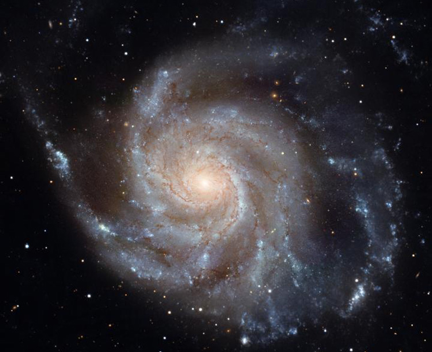
Cnhi Network
What you and the Milky Way have in common
Half of all Milky Way matter – including us – came from galaxies far, far away. Read more

Half of all Milky Way matter – including us – came from galaxies far, far away. Read more

The Hubble Space Telescope has captured a series of close-ups showing spectacularly bright infrared galaxies – as much ... Read more

Approximately 359 million light-years from Earth is a very unique galaxy with a never-before-seen design. Read more